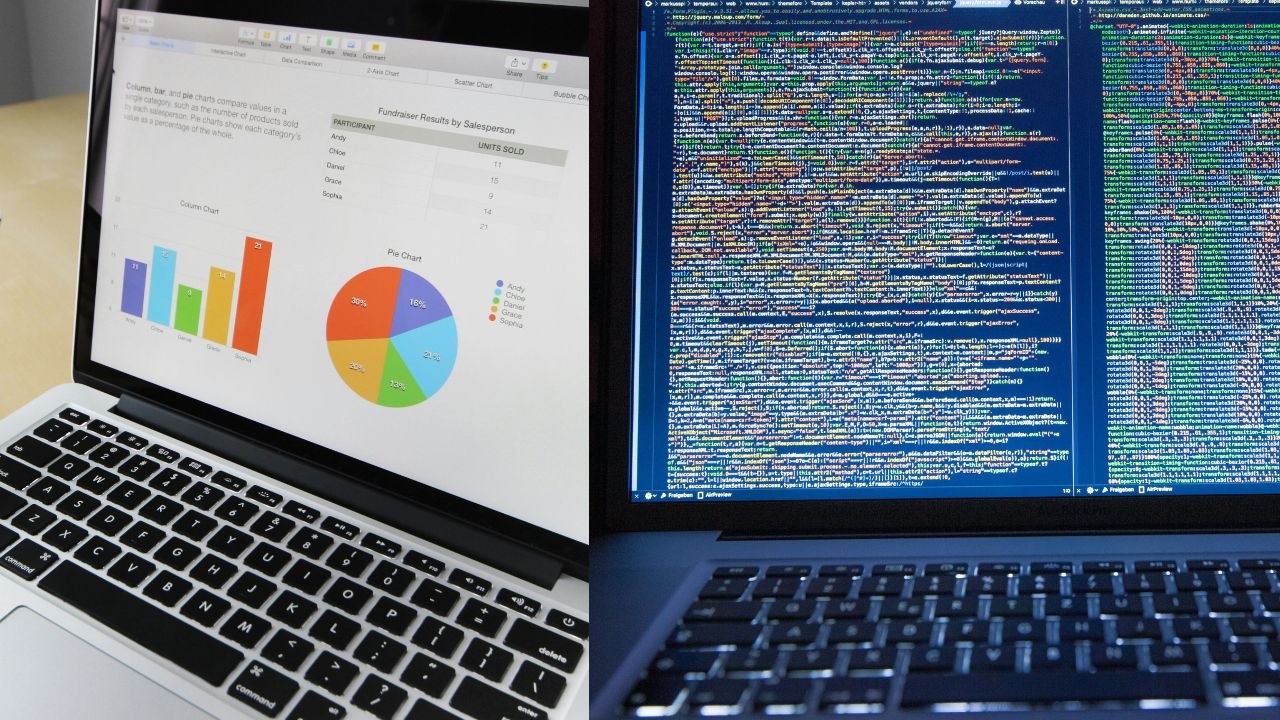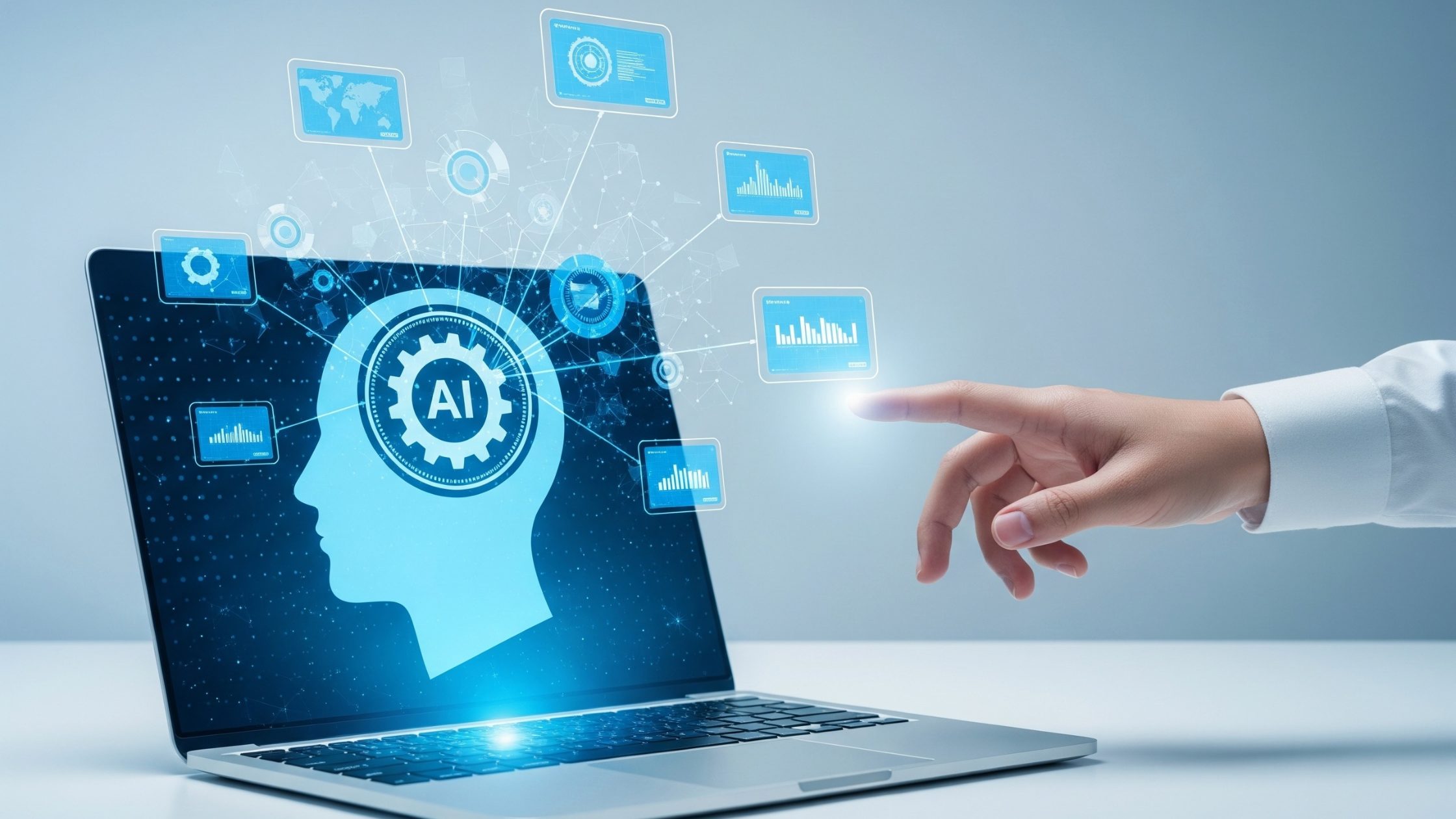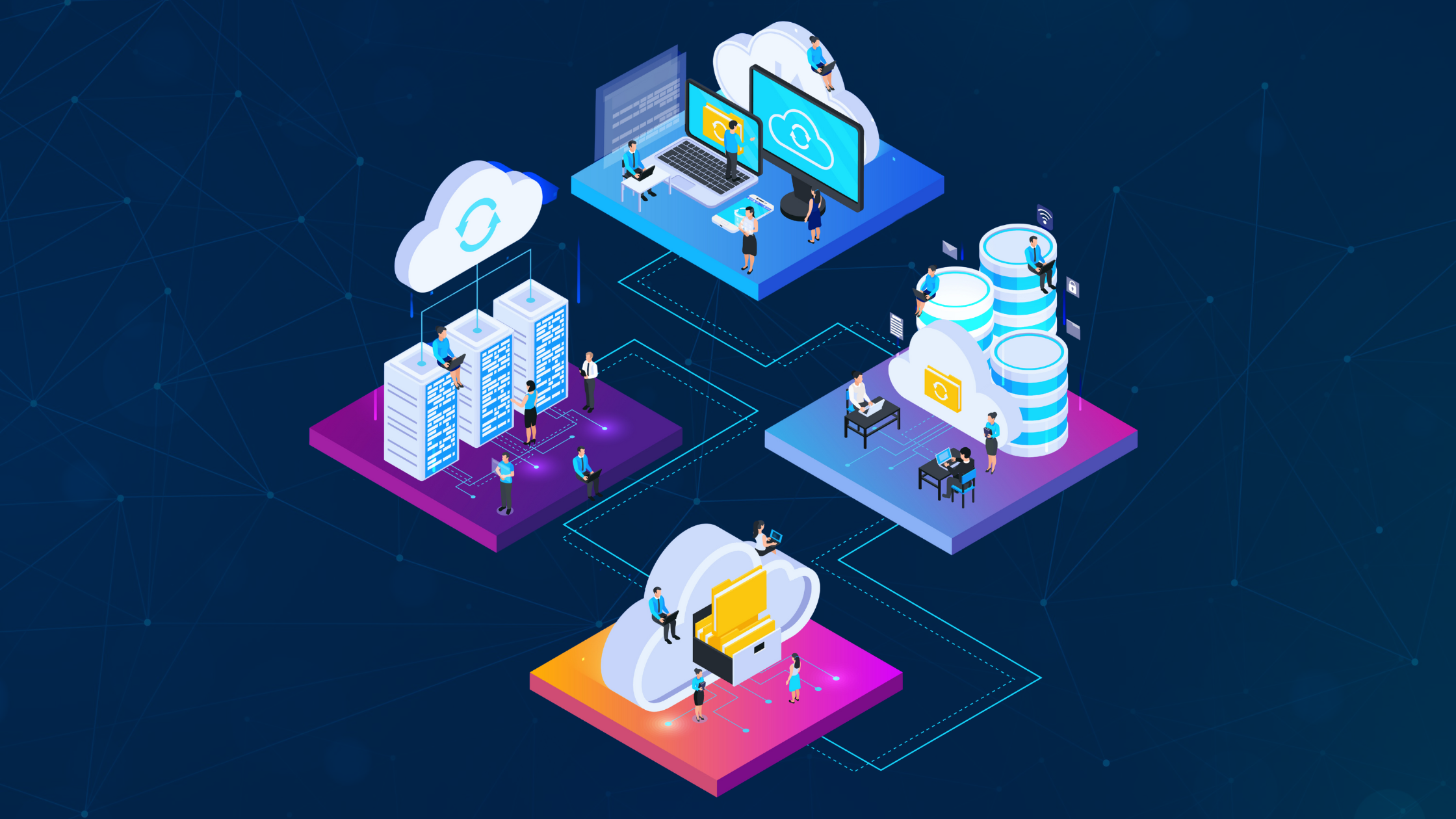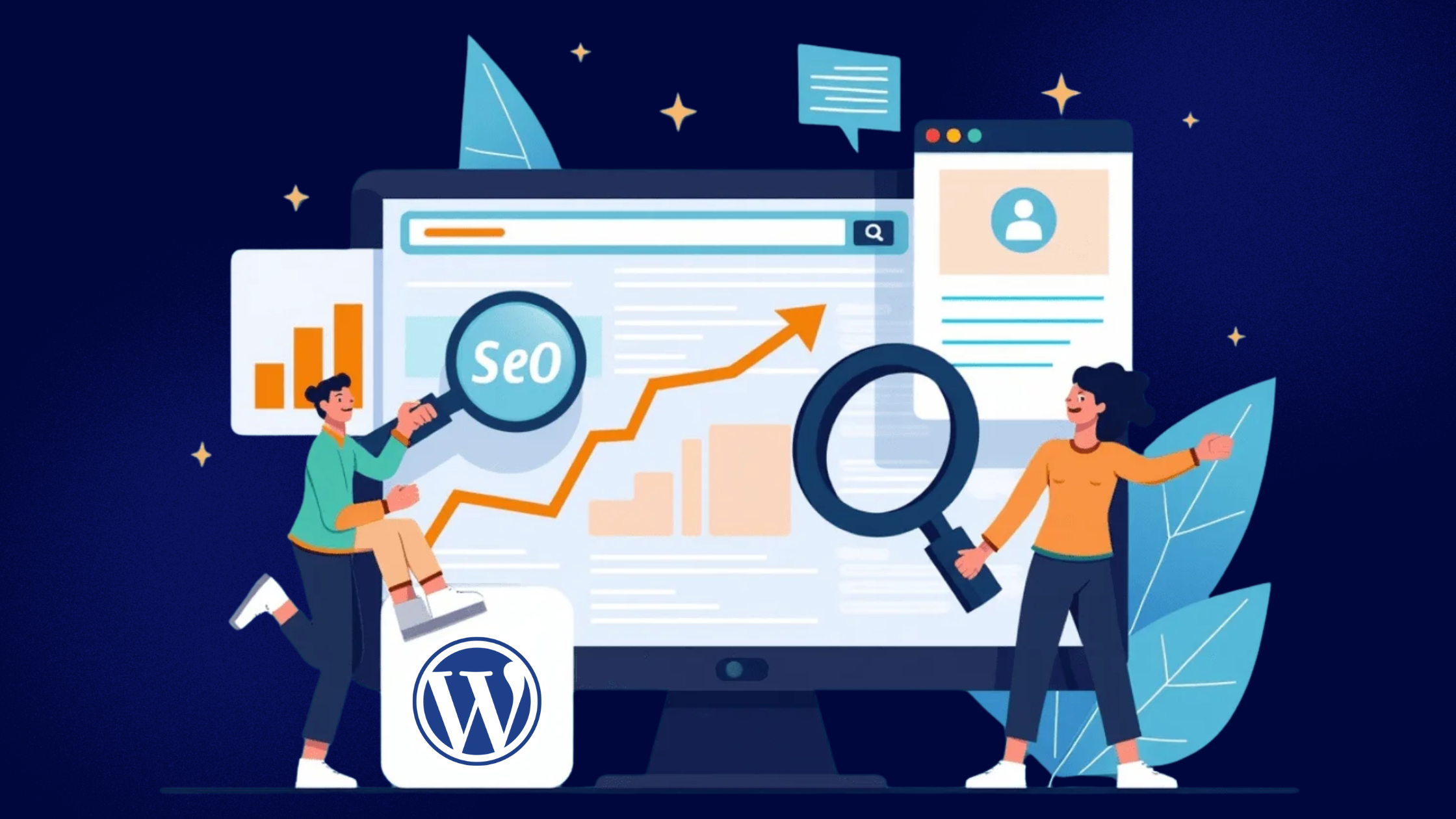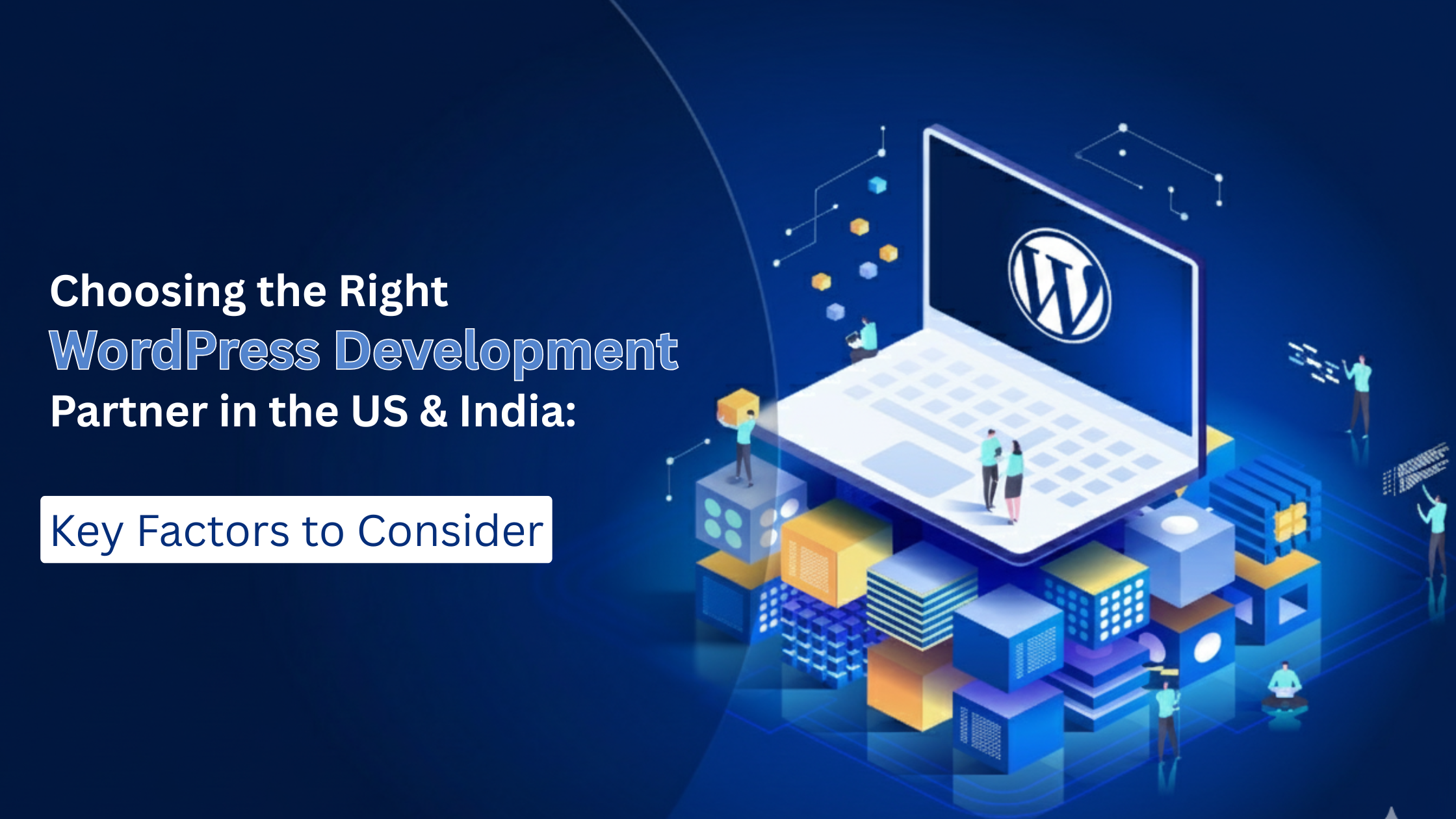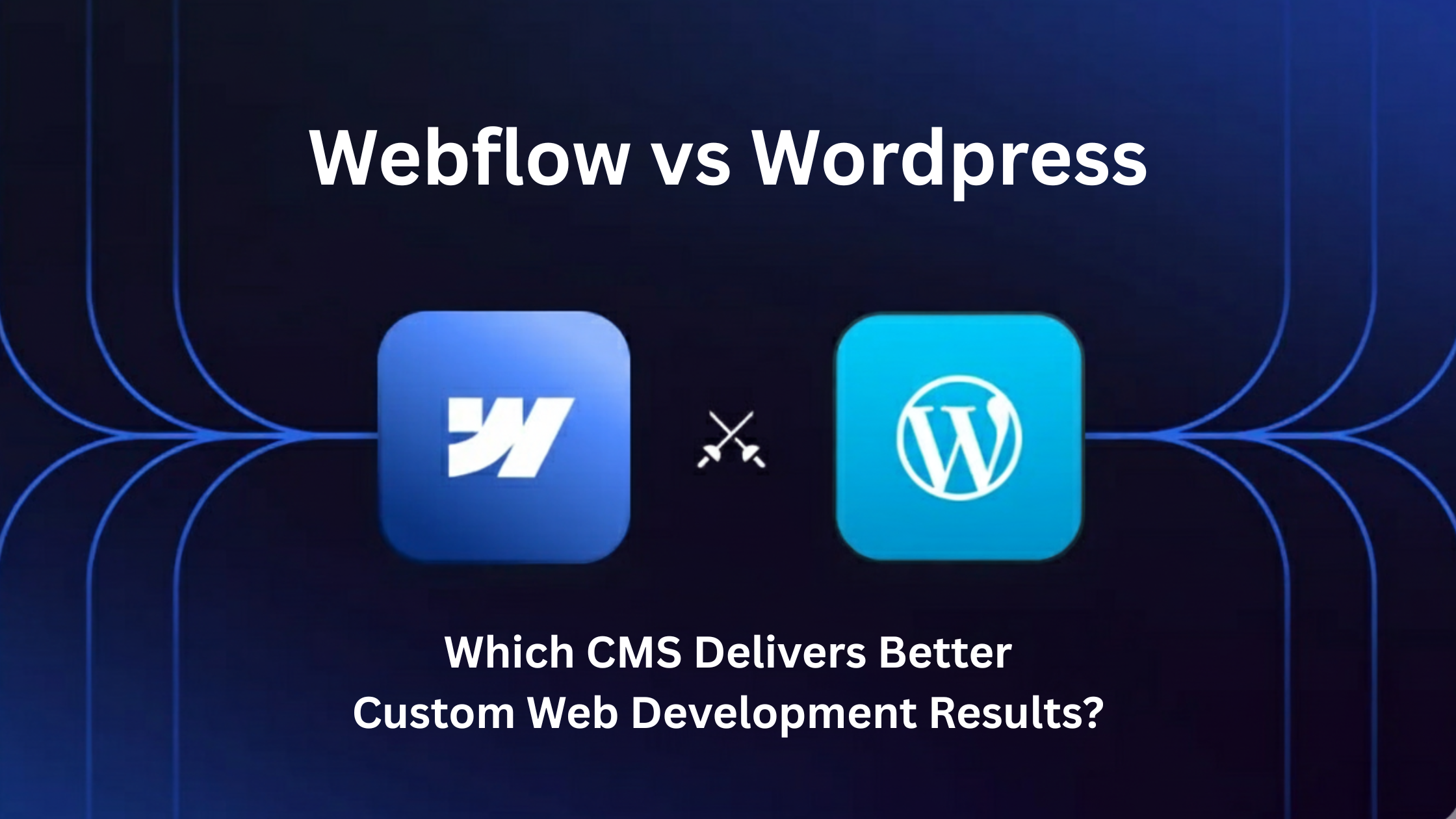Introduction to Data Analytics and Data Science
Data analytics and data science have revolutionized the operational aspects of the different industries that are using the key data-driven insights. The difference is that data analytics and data science serve related but different functions.
Data Analytics
1. It focuses on analyzing the datasets that already exist.
2. Try to find patterns, trends, and relations.
3. Employs such tools as SQL, Excel, and Tableau.
4. Answer specific questions to help back business decisions.
5. Descriptive; often retrospective.
Data Science
1. It has a broader scope than analytics.
2. It relies on machine learning algorithms and statistical models.
3. This means making them predictive and prescriptive.
4. Requires advanced knowledge of programming languages- Python, R, etc.
5. It is an approach that combines computer science, mathematics, and domain expertise.
Defining Data Analytics
Data analytics is the process of using statistical tools and techniques that analyze data to determine what the information contained within that data sets means.
1. Descriptive Analytics: This involves summarizing historical data to identify patterns.
2. Diagnostic Analytics: Data Analysis procedure for you to understand the cause of trends or occurrence of events.
3. Predictive Analytics: Process by which one predicts future outcomes using advanced statistical models and machine learning techniques.
Prescriptive Analytics: Suggests actions as a consequence of data analysis.
Data analytics mostly goes hand in hand with business intelligence, with further help in decision-making based on the data analytics. Data analytics includes data cleaning, processing, and modeling of data to find useful information, which enhances the processes of decision-making.
Exploring Data Science
Data Science involves a multi-disciplinary approach to analyze and interpret complex data. This field incorporates:
- Statistics: Applying mathematical theories to data interpretation.
- Machine Learning: Building algorithms to predict future data trends.
- Big Data Technologies: Utilizing tools like Hadoop and Spark to manage vast datasets.
- Data Wrangling: Cleaning and transforming raw data into a usable format.
- Data Visualization: Creating visual representations of data to uncover hidden patterns.
Data Scientists typically work with:
- Programming Languages: Python and R are primary languages.
- Databases: SQL and NoSQL for efficient data storage.
- Libraries and Frameworks: TensorFlow, pandas, and sci-kit-learn for building models.
Educational Background and Skills Required
It is often seen that data analysts have a statistical, mathematical, computer science, etc., background. Excel, SQL, and various data visualization platforms like Tableau are the main tools that should be known.
The typical data scientist has a graduate degree in statistics, mathematics, computer science, or engineering. Other than programming languages like Python or R, skills required are machine learning, statistical modelling, and advanced data visualisation. models
Either way, robust analytical thinking or problem-solving and an ability to interpret large data sets form the crux of both roles. Soft skills such as communication or teamwork or even critical thinking work in both.
Tools and Technologies Used
Data Analytics
- Excel: Widely used for basic data analysis and visualization.
- SQL: Essential for querying and managing data in relational databases.
- Tableau, Power BI: Popular tools for data visualization and dashboard creation.
- Google Analytics: Used for tracking and analyzing web traffic.
- Python, R: Employed for more advanced statistical analysis and scripting.
Data Science
- Python, R: Core programming languages for machine learning, statistical analysis, and scripting.
- Jupyter Notebooks: Interactive environment for data experimentation and visualization.
- TensorFlow, PyTorch: Libraries for building and training machine learning models.
- Apache Hadoop, Spark: Frameworks for handling large-scale data processing.
Git: Version control system for managing code and collaboration.
Common Tools
- AWS, Google Cloud, Azure: Cloud platforms for scalable data storage, processing, and machine-learning services.
- Docker, Kubernetes: Tools for containerization and orchestration for developing, deploying, and managing applications.
Data Handling Approaches: Analytics vs. Science
Data handling in analytics focuses on extracting insights from existing datasets. Analysts often use:
- Descriptive Statistics: To summarize data.
- Diagnostic Analysis: To identify patterns and correlations.
- Visualization Tools: For easy representation of data.
Data science, on the other hand, revolves around constructing new methodologies and algorithms. Data scientists use:
- Predictive Modeling: For forecasting future trends.
- Machine Learning: To build adaptive, predictive models.
- Statistical Inference: For developing and testing new hypotheses.
Both fields emphasize data accuracy but differ in techniques and methods to achieve their goals.
Application Domains and Use Cases
Data Analytics applies to diverse fields, including:
- Finance: Optimizing portfolio performance, and detecting fraud.
- Healthcare: Patient monitoring, reducing operational inefficiencies.
- Retail: Customer insights, inventory management.
Data Science spans broader applications, such as:
- Artificial Intelligence: Building machine learning models.
- Internet of Things (IoT): Analyzing sensor data for predictive maintenance.
- E-commerce: Personalizing user experiences, and recommendation systems.
Further, Data Science drives advancements in:
- Automotive: Autonomous driving, vehicle telematics.
- Energy: Smart grid management, consumption forecasting.
- Social Media: Sentiment analysis, user behaviour prediction.
Analytical Techniques and Methods
Data analytics primarily employs descriptive, diagnostic, predictive, and prescriptive analysis techniques.
- Descriptive Analysis: Involves summarizing historical data to identify patterns and trends.
- Diagnostic Analysis: Requires deep dives into data to determine why certain outcomes occurred.
- Predictive Analysis: Uses statistical models and machine learning to forecast future events based on historical data.
- Prescriptive Analysis: Offers recommendations for actions based on predictive models and optimization algorithms.
Data science, however, requires very complex algorithms, machine learning, and artificial intelligence. It is about new methods of developing ways of capturing, processing, and analyzing massive amounts of data sets to develop actionable insight.
Career Paths and Opportunities
Data Analytics and Data Science are two paths to follow with different potential.
Data Analytics:
- Data Analyst
- Business Intelligence Analyst
- Operations Analyst
- Marketing Analyst
Data Science:
- Data Scientist
- Machine Learning Engineer
- AI Specialist
- Data Engineer
The Interconnection Between Data Analytics and Data Science
The relationship between them is very clear: through data analytics, one pushes the other to build capacity. While data analytics is explicitly related to the analysis of data sets to glean insights leading to more effective business decision-making, data science deals with a much larger field that comprises data preprocessing, machine learning, and predictive modeling.
- Data analytics often relies on tools and techniques developed within data science.
- Data scientists apply analytical methods to interpret complex datasets.
- Visualization tools used in data analytics benefit from data science algorithms.
- Both domains utilize structured and unstructured data for decision-making.
Challenges and Ethical Considerations
- Complex Data Processing: Both fields handle massive datasets, which require advanced tools and methodologies.
- Data Quality Issues: The accuracy and completeness of data impact the reliability of outcomes.
- Privacy Concerns: Handling sensitive personal or proprietary information Their combined efforts lead to more effective data-driven strategies, improving business outcomes. Understanding this interconnection can empower organizations to harness the full potential of their data assets.mandates strict compliance with privacy laws.
- Bias in Algorithms: Algorithms can perpetuate existing biases present in data, leading to unfair outcomes.
- Transparency: Ensuring clear and understandable methodologies to stakeholders is essential.
Responsibility: Professionals must be accountable for the ethical use and interpretation of data-driven insights.
Future Trends in Data Analytics and Data Science
The future of data analytics and data science is characterized by several emerging trends:
- Artificial Intelligence and Machine Learning: Integration of AI and ML to automate data processes, enabling real-time insights.
- Edge Computing: Analyzing data closer to the source to reduce latency and bandwidth use.
- Data Privacy and Security: Enhanced techniques to secure data and ensure compliance with regulations.
- Augmented Analytics: Utilizing AI to supplement analytics processes, making insights more accessible.
- Collaborative Data Ecosystems: Increased sharing and collaboration across organizations to drive innovation and insights.
Data Democratization: Empowering non-technical users with tools to understand and utilize data effectively.
- Artificial Intelligence and Machine Learning: Integration of AI and ML to automate data processes, enabling real-time insights.
- Edge Computing: Analyzing data closer to the source to reduce latency and bandwidth use.
- Data Privacy and Security: Enhanced techniques to secure data and ensure compliance with regulations.
- Augmented Analytics: Utilizing AI to supplement analytics processes, making insights more accessible.
- Collaborative Data Ecosystems: Increased sharing and collaboration across organizations to drive innovation and insights.
Data Democratization: Empowering non-technical users with tools to understand and utilize data effectively.
Conclusion: Which Path is Right for You?
Choosing between data analytics and data science depends on one’s skills, interests, and career goals.
- Data Analytics:
- Suited for those who enjoy interpreting existing data to find trends and insights.
- Focuses on tools such as SQL, Excel, and BI software.
- Emphasizes data visualization and reporting.
- Data Science:
- Ideal for those interested in building models and algorithms.
- Requires skills in programming languages like Python and R.
- Involves statistical analysis, machine learning, and big data technologies.
Both fields offer robust career opportunities, but individuals should select the path that aligns with their strengths and professional aspirations.

